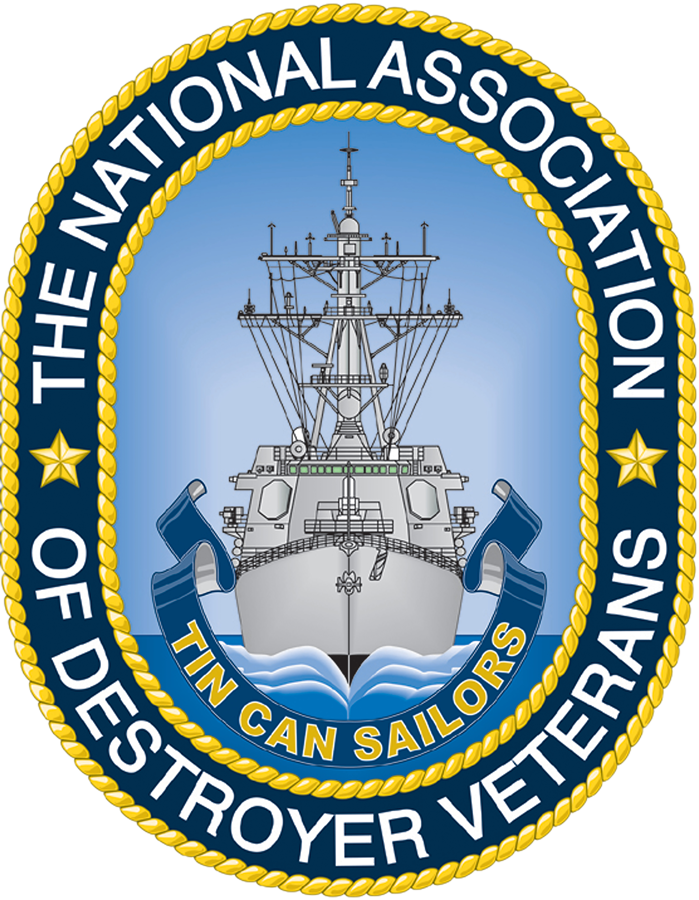USS WEAVER DE-741 Ship History
Dictionary of American Naval Fighting Ships, January 2024
Weaver (DE-741) was laid down on 13 March 1943 at Los Angeles, Calif., by the Western Pipe & Steel Co.; launched on Independence Day [4 July] 1943; sponsored by Mrs. John Franklin Weaver; and commissioned on 31 December 1943; Lt. Cmdr. Richard S. Paret, DE-V(G), USNR, in command.
Weaver conducted shakedown training along the California coast during the first two months of 1944. On 2 March, she stood out of San Francisco Bay, bound for the western Pacific. The escort vessel made an overnight stop at Pearl Harbor, Territory of Hawaii, on 14 and 15 March and then continued her voyage west via Kwajalein. She arrived in Majuro later that month and joined the screen of Task Group (TG) 50.17, the Fifth Fleet replenishment and refueling group.
Weaver operated as a unit of the screen of the Fifth/Third Fleet logistics group throughout her World War II service. Operating from the base at Majuro, she escorted the oilers to refueling rendezvous with the fast carriers during their raids on Truk, Satawan, and Ponape in late April and early May 1944. Moving forward to the base at Eniwetok soon thereafter, she continued to protect the logistics group during the assault on Saipan in June.
Later that summer, she and her charges kept the carriers in action during the invasion of the Western Carolines and the Palaus. Following that operation, the logistics group moved forward again operating briefly out of Seeadler Harbor at Manus in the Admiralty Islands and then out of Ulithi in the Western Carolines for the remainder of the war. Ulithi served as the base for TF 58/38 during the last year of the war in the Pacific.
Weaver escorted the oilers to Ulithi where they replenished their storage tanks and then back to sea to refill the carriers’ oil bunkers. Thus, in 1945, she helped to keep the pressure on the Japanese during the Luzon landings, the Iwo Jima assault, and during the Okinawa campaign. The latter phases of her service also included escort missions in support of the fast carrier raids on the Japanese home islands during the summer of 1945.
When the Japanese capitulated on 15 August 1945, the escort vessel was at sea with TG 30.8 keeping the carriers in fuel. On 28 August, she carried a prize crew from the submarine tender Proteus (AS-19) to the surrendered Japanese submarine I-400 and then entered Sagami Wan, Japan, to begin duty with the occupation forces. For the next month, the warship assisted in the evacuation of former Allied prisoners of war from Japan.
On 2 October 1945, however, Weaver concluded her duty in Japan and set sail from Yokusuka, bound for home. Steaming via Pearl Harbor, San Pedro, and the Panama Canal, she arrived in Philadelphia on 22 November to begin preparations for inactivation. Late in December, she moved south to Green Cove Springs, Fla., where, though technically still in commission, she joined the Atlantic Reserve Fleet. Weaver was not finally decommissioned until 29 May 1947.
Weaver remained at Green Cove Springs until 21 February 1952 at which time she was sold to the Government of Peru. Her name was stricken from the Navy Register on 18 April 1952. She served the Peruvian Navy as Rodriguez (DE-163), employed as a submarine crew accommodation ship near the end of her career. She was stricken and disposed-of in 1980.
Weaver earned nine battle stars during World War II.
